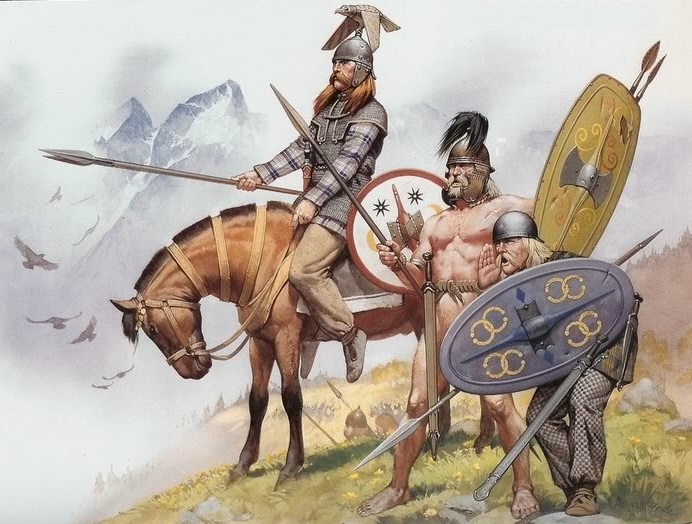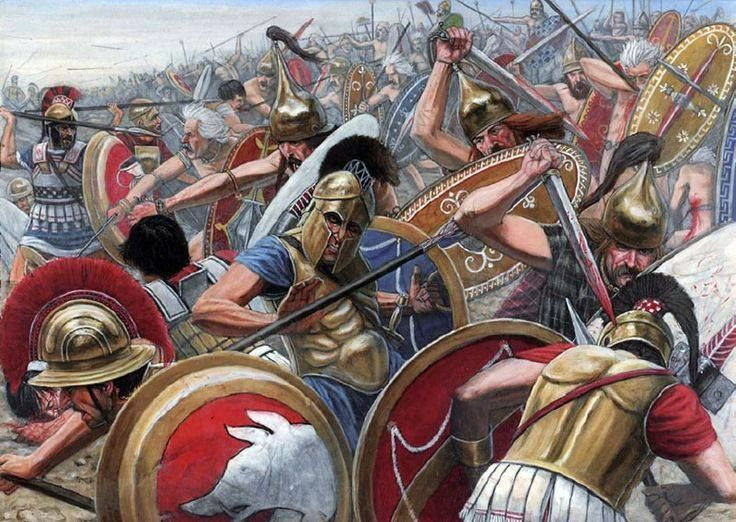The Gauls had attacked Rome
The Gauls had attacked Rome in the 4th century BC, and they had now extended their power in the Italian peninsula beyond the Po Valley and through Etruria. A Gallic army led by tribe chieftain Brennus encountered the Romans on the banks of the Allia River, ten miles north of Rome, on July 16, 390 BC. The Gauls marched to Rome after Brennus beat the Romans. The majority of Romans had evacuated the city, but some had fortified themselves atop Capitoline Hill for a last struggle. The Gauls robbed and destroyed the city before seizing Capitoline Hill. Seven months passed during the siege. The Gauls then decided to make peace with the Romans in exchange for 1000 pounds of gold. The Roman supervising the weighing observed that the Gauls were using counterfeit scales, according to subsequent mythology. The Romans then armed themselves and defeated the Gauls. Their victorious general Camillus remarked, "With iron, not with gold, Rome buys her freedom."
Other peoples on the Italian peninsula, especially the Etruscans, were gradually subdued by the Romans. The last danger to Roman sovereignty in Italy came in 281 BC, when Tarentum, a large Greek colony, enlisted the assistance of Pyrrhus of Epirus, but this effort also failed. The Romans established lasting authority over the part of Italy they had conquered by establishing Roman colonies in crucial regions.













